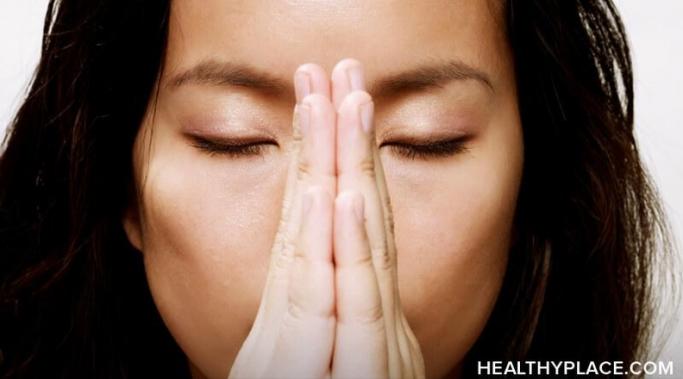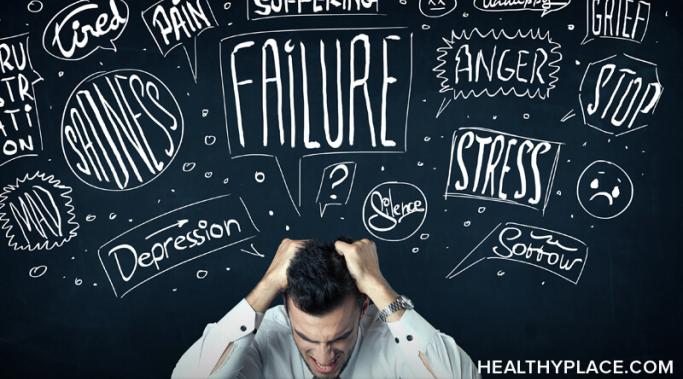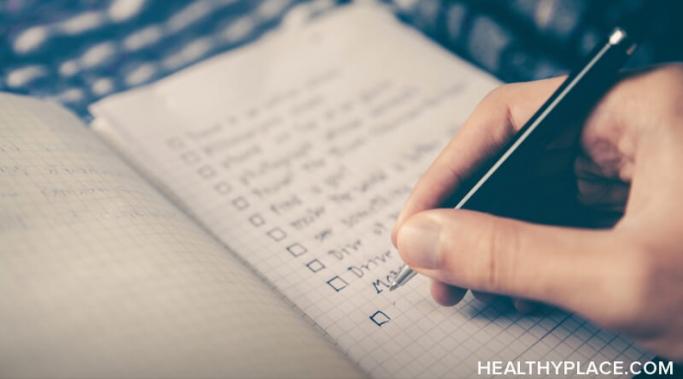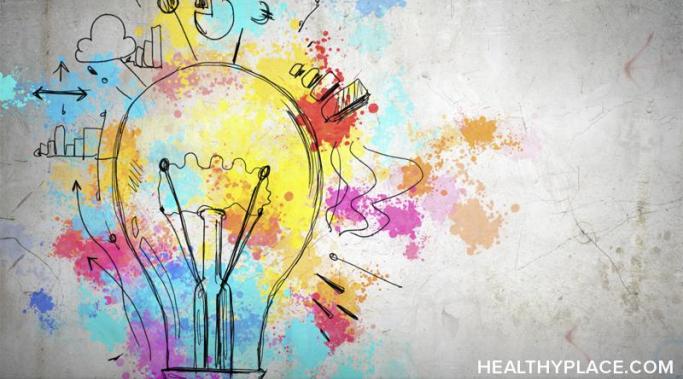Practicing gratitude may not seem like an effective tool for preventing self-harm. Indeed, when you’re in distress, feeling thankful for seemingly trivial things can feel nearly impossible or even aggravating to your self-harm thoughts. However, research shows that expressing gratitude regularly can rewire our brains and improve mental health. It can also serve as a protective factor for suicidal ideation and self-injury.
Self-Injury Treatment
Today is my birthday. I usually travel somewhere and pretend the day doesn't exist. However, this year I'm in lockdown, so I have to face the fact that I got a year older. I decided to practice gratitude and celebrate all the little achievements that made me who I am today. For instance, I feel grateful that I can write for HealthyPlace as it helps me (and, hopefully, my readers) stop self-harm.
It can be frustrating, even frightening, to feel as if your thoughts are not entirely your own—to suddenly have a distressing idea or an image flash through your mind against your will. But what is the connection between self-harm and intrusive thoughts, and how can you break the vicious cycle they create?
Decluttering your home might seem like a daunting task, but it can also serve as a self-harm distraction and help you gain control over your emotions. There's no doubt, cleaning up and organizing your surroundings has a proven therapeutic effect on your mental health.
One of the most vital components of recovering from self-injury is learning to manage the urges that drive you to hurt yourself. Rarely is this as simple as relying on willpower alone to tell yourself "no." Enter self-harm urge surfing: a potential recovery tool that requires patience, rather than power, to use.
Technology can be both a curse and a blessing. On the one hand, many time-stealing apps might be detrimental to mental health in the long run, but, on the other hand, occasional gems like the Calm Harm app provide a much-needed distraction when the urge to self-harm strikes.
The year 2021 has now officially kicked off, and many of us have set out to become self-harm-free. However, New Year's resolutions alone won't be enough to get us there. It's crucial to develop a practical self-harm care plan that you can reach out for in time of crisis.
"The 5 Second Rule" is not just about picking up food from the floor. It's also the title of an excellent book by Mel Robbins. It can help you create many positive changes in your life, such as becoming self-harm-free. What is this rule about, and how can you use the five-second rule to combat self-harm urges? I'll tell you all about it in this post.
The year 2020 is finally coming to an end, so inevitably, New Year's resolutions are looming on the horizon. Being self-harm-free might seem like a huge commitment and a lot of pressure to put on yourself from January 1st. However, if you break it down into smaller tasks that feel both achievable and not too overwhelming, living self-harm-free can become a realistic goal.
The road to recovery is never a simple, straight path forward; it curves unexpectedly, and sometimes we find we must backtrack before we can make progress. No matter what point you're at in your own journey, a self-harm coping box can be an incredibly useful tool to help you navigate and stay on track in your recovery from self-harm.









